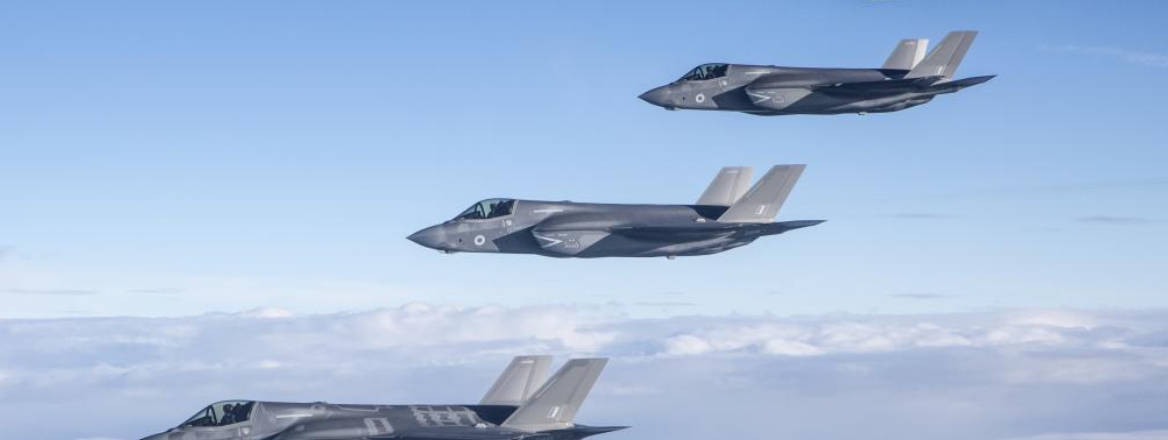In light of the upcoming Integrated Review, this Occasional Paper outlines the combat air choices facing policymakers.
The UK faces fundamental questions about its identity, global strategy and ambitions as a medium power, having left the EU against a backdrop of an economically devastating global pandemic, an increasingly unpredictable US administration that has abandoned many of the previously assumed tenets of the international system, and aggressive competition by major powers in the shape of Russia and China. Under the banner of ‘Global Britain’, the government has made clear its ambition to remain an influential actor able to exert soft and hard power around the world, while also revitalising its longstanding commitments to both NATO and the so-called ‘special relationship’ with the US.
At the heart of the UK’s relationships within NATO, and with the US specifically, is an ambition to remain the ally of choice for the US as a ‘tier one’ military. However, the US Department of Defense is increasingly focused on the growing military threat from China in the Indo-Pacific, at the expense of traditional areas of focus in the Middle East and Europe. President Donald Trump has repeatedly demanded that European NATO members do more to modernise and enhance defence capabilities in Europe itself, in order to reduce the burden placed on US forces by the threat of Russian aggression against the Alliance’s eastern flank. At a national strategy level, therefore, the UK is unlikely to reduce overall defence spending (at least as a proportion of GDP), since that would weaken its position as both a global power projection partner for the US, and within NATO. However, at 2% of pre-coronavirus GDP, the UK armed forces are struggling with an ‘overambitious and underfunded’ equipment programme, long-overdue modernisation requirements from the British Army and Royal Navy, and an incoherent force structure that is neither well-optimised for NATO deterrence against Russia, nor for sustained operations far afield at any significant scale.
During the upcoming Integrated Review, the government will either have to significantly raise defence spending or make some hard decisions on what the armed forces are optimised for in the 2020s and 2030s, as well as the future of the UK’s military aerospace industry within the broader prosperity agenda.
Against this backdrop, this paper sets out to examine the choices facing those attempting to narrow down options for the future of UK combat air through 2020 and 2021 in the context of renewed budgetary pressure on defence and the Integrated Review. How can a coherent force be generated and sustained during the next two decades, while also maintaining a viable domestic combat air design and manufacturing capability for the long term? It is intended to help inform and suggest options for policymakers, rather than present findings in the format of a more traditional research paper.
WRITTEN BY
Justin Bronk
Senior Research Fellow, Airpower & Technology
Military Sciences


